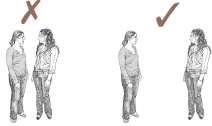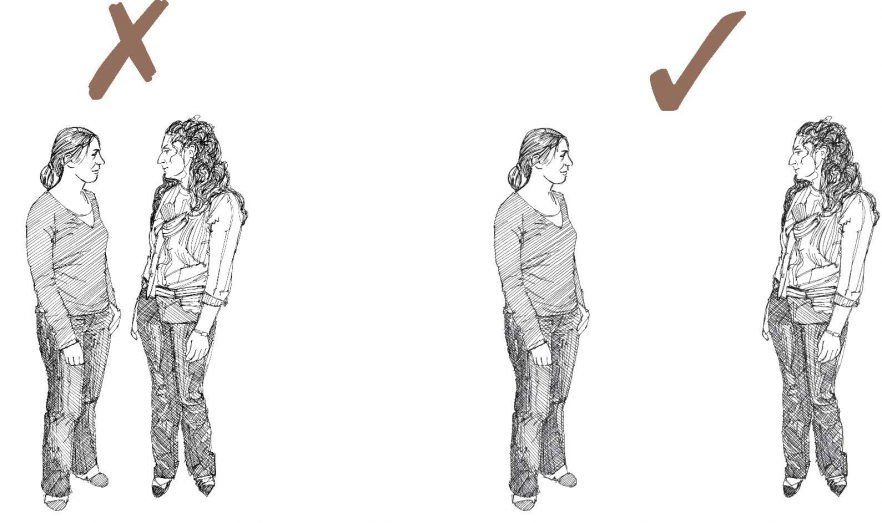28. Physical distancing
28. Physical distancing
Last update: 2023-08-02
Overview
- Physical distancing is the practice of keeping people at a safe distance from each other during outbreaks of highly contagious diseases, to prevent diseases from spreading.
- This is different from isolation, because it is something that everyone in a community should practise, not just sick people. Physical distancing is an effective way to prevent contagious diseases from spreading.
What to do and how to do it
Encouraging physical distancing
Promote the use of physical distancing as a method of preventing the spread of disease. It includes doing things like:
- Avoiding crowded places. For example, encourage people to:
- Pray alone or in small groups, rather than in large groups
- Do laundry near home rather than in communal areas
- Go to markets or other crowded areas at a time of day when there are fewer people there
- Avoiding non-essential gatherings. For example, encourage people to:
- Postpone weddings or similar events until safe to do so
- Avoid festivals or community gatherings until it is safe to do so
- Avoiding common greetings. For example, encourage people to avoid handshakes, hugging or kissing
- Limiting contact with people at higher risk. For example, encourage people to avoid unnecessary close contact with young children or elderly people
- Keeping a safe distance from others when possible (the distance may change depending on the disease, ask for clarification from health authorities).
Recognize there are times when social distancing may be difficult or impossible.
- In situations when people are sharing overcrowded living spaces, such as displacement shelters, social distancing may not be possible. In cases like this it is important to: Promote the use (and, if possible, the distribution) of essential protective equipment, such as face masks.
- Social distancing may be more difficult for people working in certain sectors and locations, for example market vendors or domestic workers.
- Target these groups to raise awareness about the modes of transmission of the disease and the protective measures that they can take to minimize their exposure
- Advocate for safe working conditions and access to health services
Be aware that social distancing can lead to isolation and may create or worsen psychosocial problems for some people.
- See Action Tool Psychosocial support to determine how to help.

